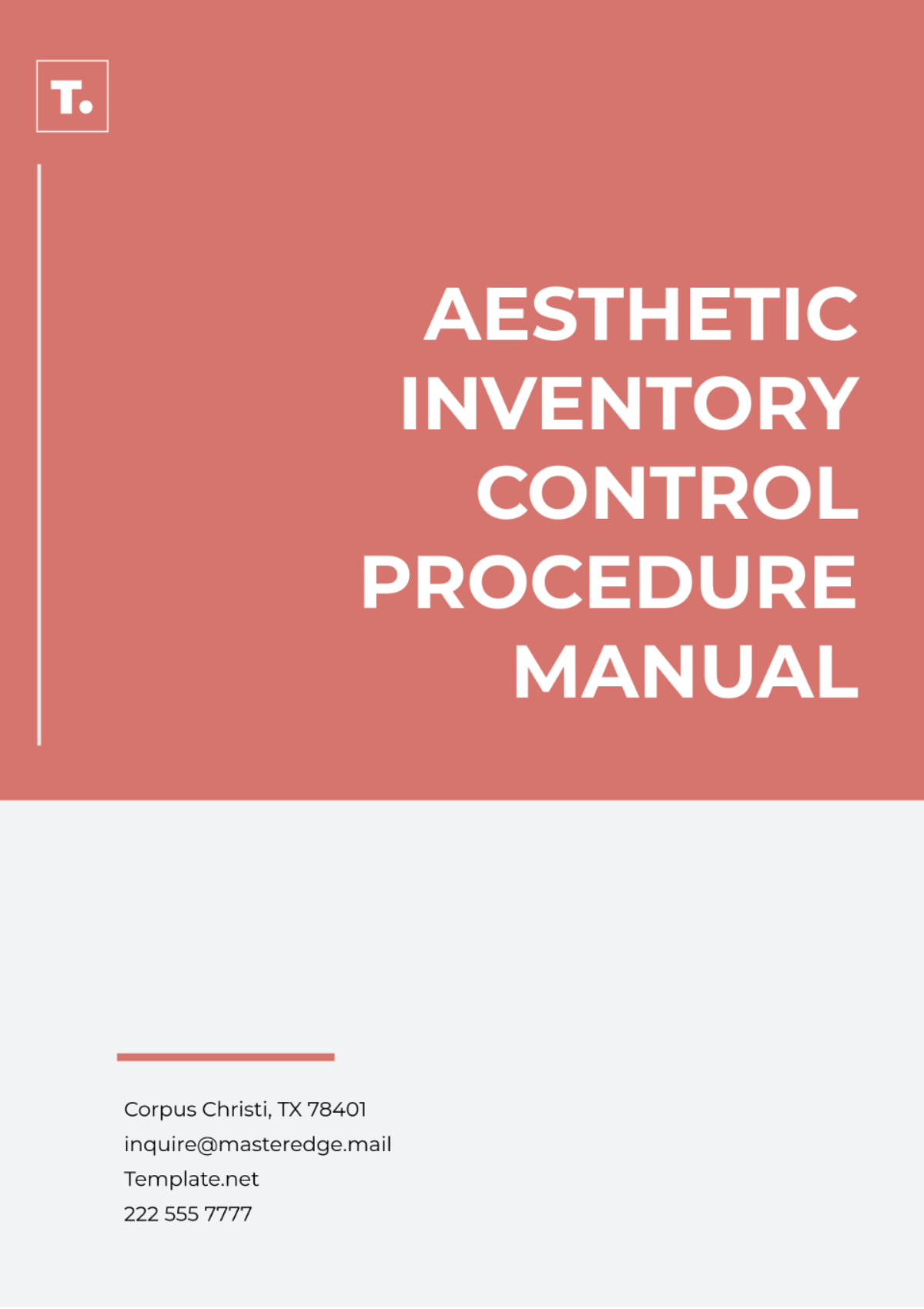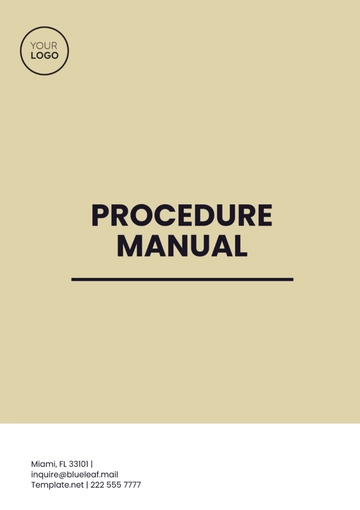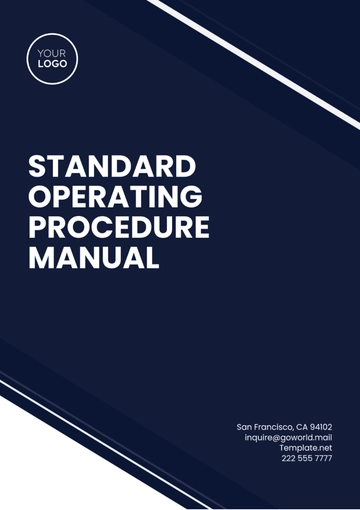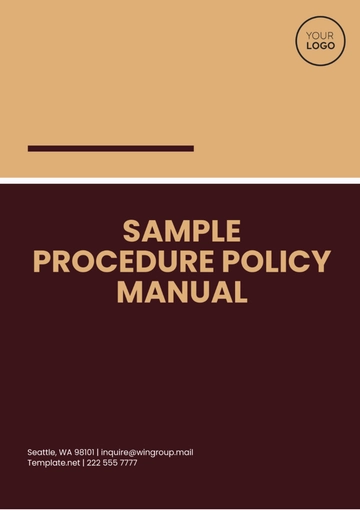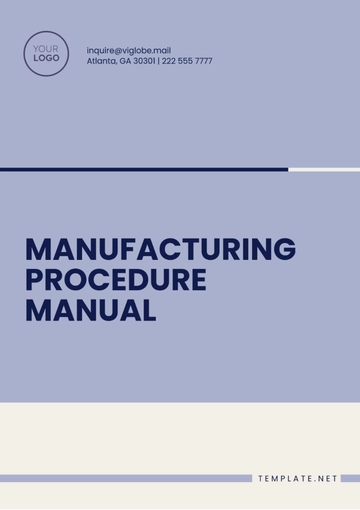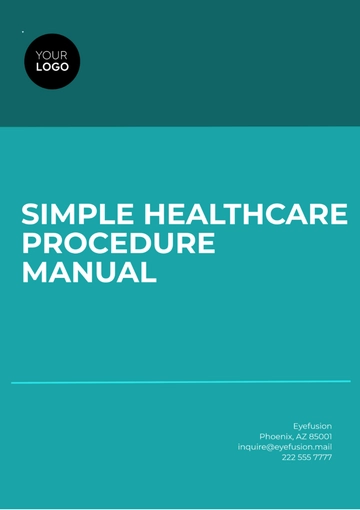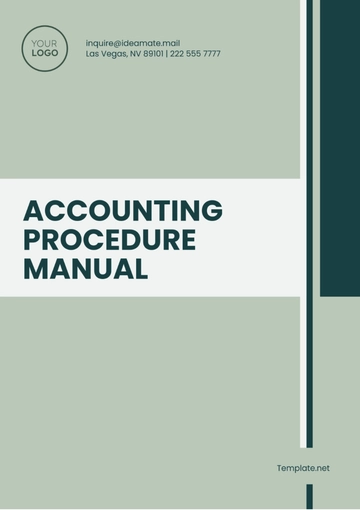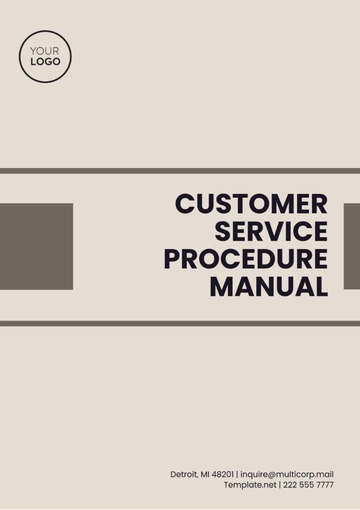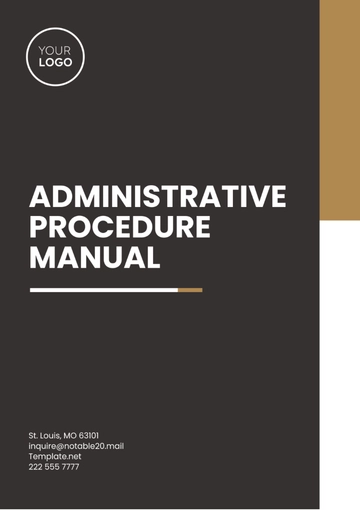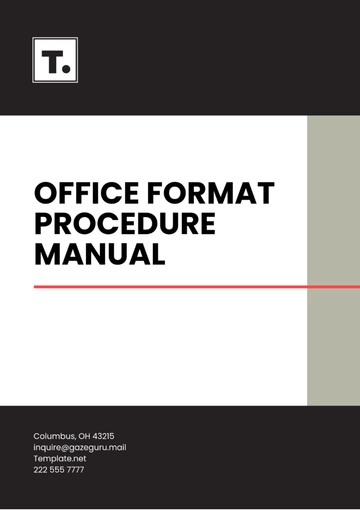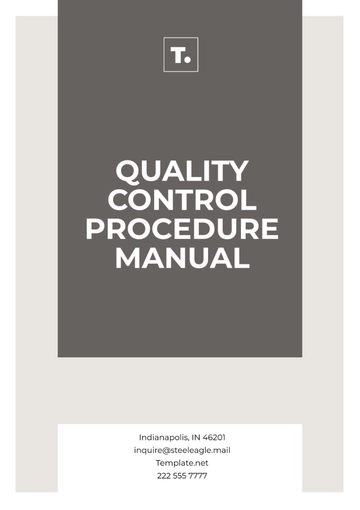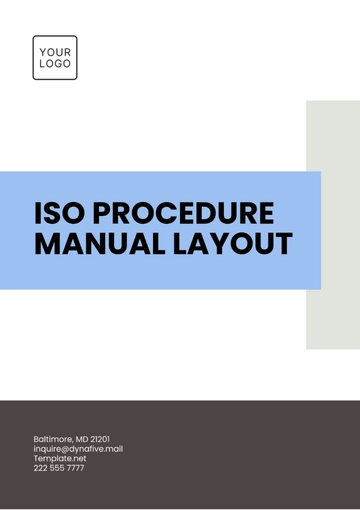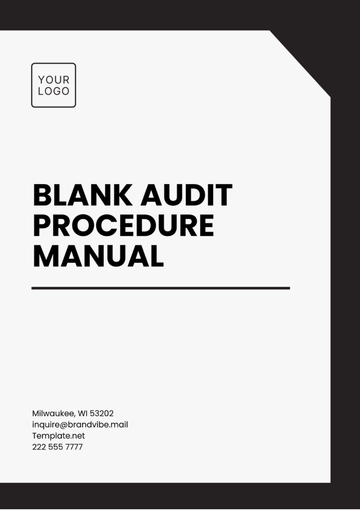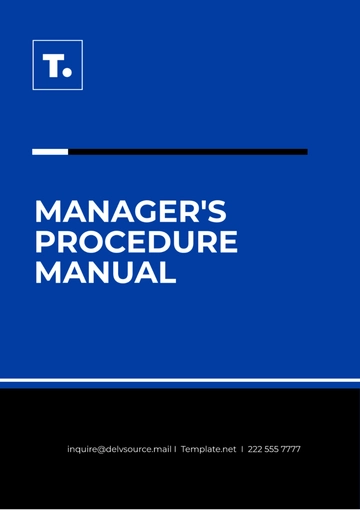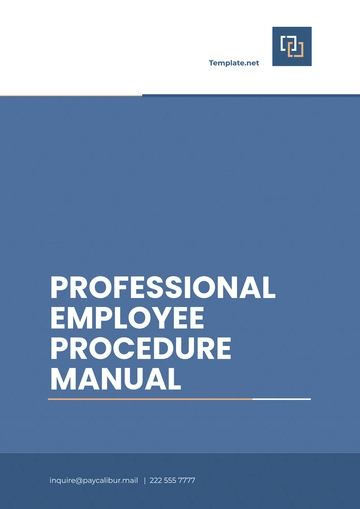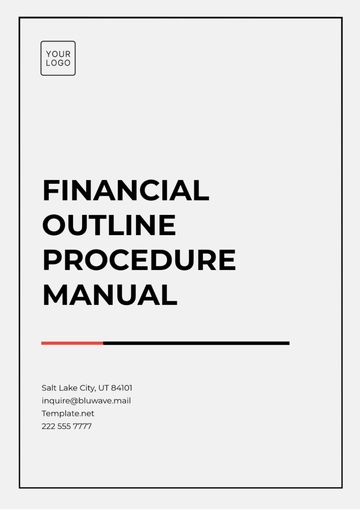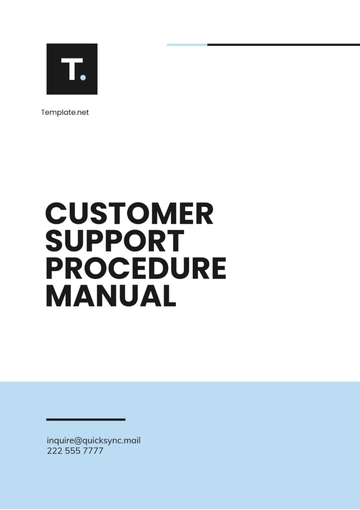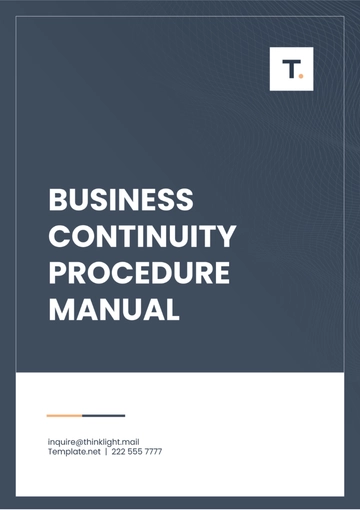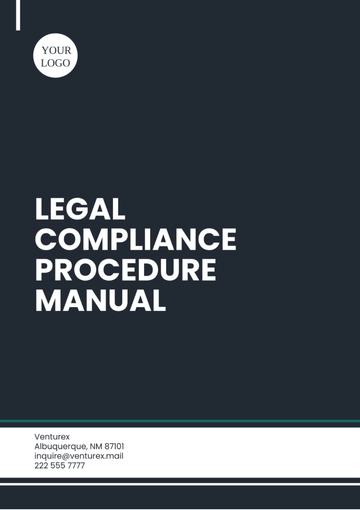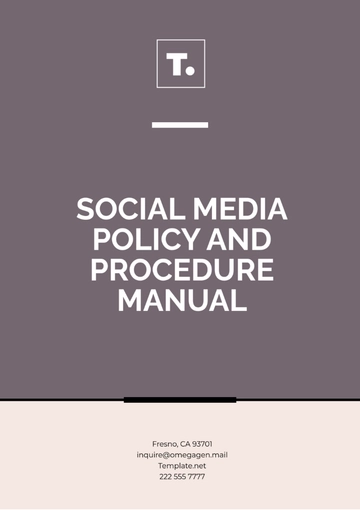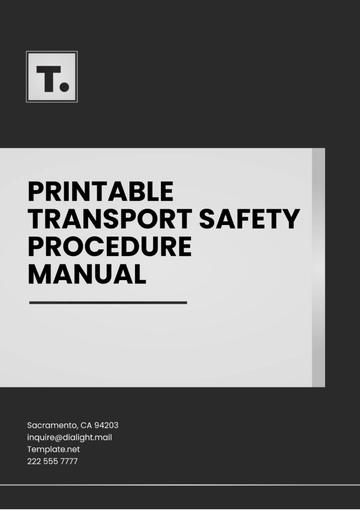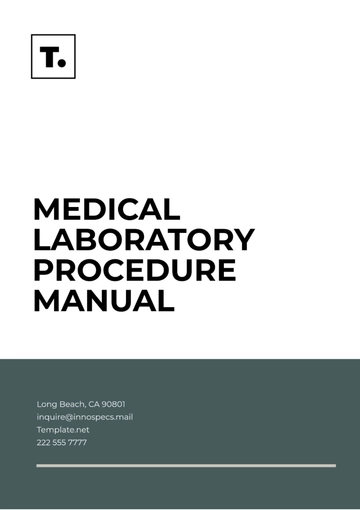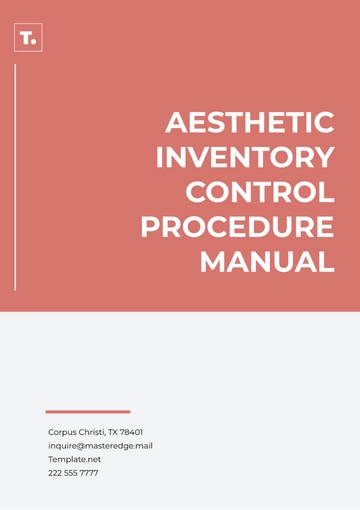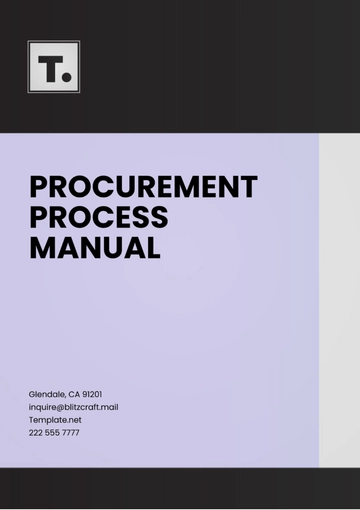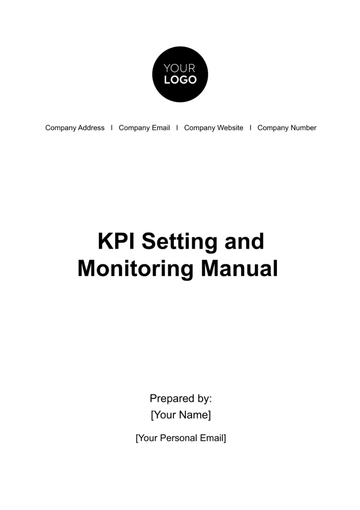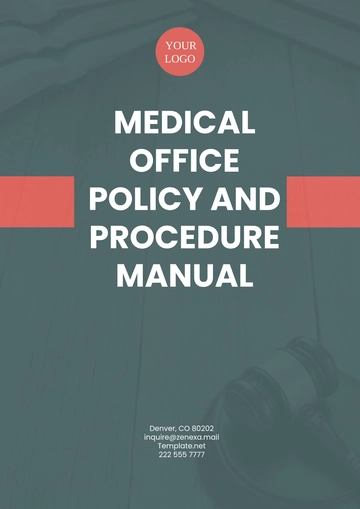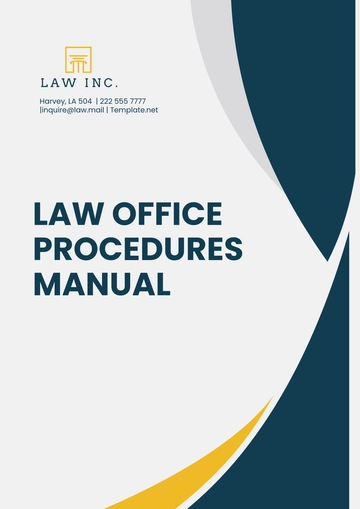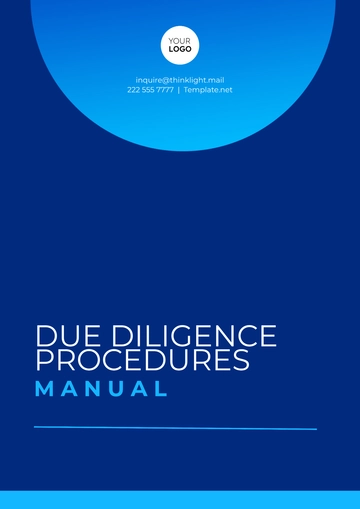Aesthetic Inventory Control Procedure Manual
Prepared by: [Your Name]
Date: January 1, 2060
I. Introduction
The Aesthetic Inventory Control Procedure Manual serves as a comprehensive guide for effectively managing inventory in aesthetic-related businesses, such as beauty salons, spas, and cosmetic clinics. Proper inventory control ensures that businesses maintain the right level of stock, reduce waste, prevent stockouts, and meet client demands efficiently. This manual outlines the essential procedures, best practices, and responsibilities required to maintain an organized, streamlined inventory system.
II. Inventory Management Procedures
Effective inventory management is vital for maintaining smooth operations. This section outlines step-by-step procedures for tracking and managing stock to avoid discrepancies and ensure an efficient workflow.
A. Inventory Tracking
Initial Setup: Establish an inventory database that includes detailed product information, such as item names, quantities, product categories, and supplier details.
Regular Updates: Use inventory management software or spreadsheets to update stock levels as products are received or sold. Ensure updates are made immediately to maintain accurate records.
Barcode System: Implement a barcode or RFID system to facilitate quick and accurate tracking of inventory. This reduces human error and ensures real-time updates.
Stock Rotation: Follow the First In, First Out (FIFO) method to manage inventory, ensuring older stock is used first to prevent products from becoming obsolete or expired.
B. Stock Monitoring
Daily Checks: Perform daily checks to ensure that inventory levels align with the recorded stock.
Threshold Alerts: Set automatic alerts for low stock levels, enabling proactive reordering before items run out.
Discrepancy Reporting: If discrepancies arise, document and investigate promptly. Regular audits should be conducted to identify recurring issues and implement corrective actions.
III. Ordering and Restocking
Maintaining an optimal inventory level involves timely ordering and efficient restocking practices. This section outlines the key procedures for placing orders and managing stock replenishment.
A. Order Placement
B. Receiving Deliveries
Storage: Upon verification, store items according to proper categorization and safety guidelines to avoid contamination or spoilage, especially for products with specific storage needs (e.g., temperature-controlled items).
IV. Inventory Storage
Proper storage is essential for maintaining the integrity and longevity of aesthetic products. This section provides guidelines for storing inventory safely and efficiently.
A. Organizing Inventory
Categorization: Group products by category (e.g., skincare, cosmetics, hair care) to facilitate easy access and quick retrieval.
Storage Conditions: Ensure products are stored according to their specific requirements (e.g., cool, dry environments for skincare products, temperature-controlled storage for cosmetics).
B. Stock Rotation
V. Auditing and Reporting
Regular audits and reporting are critical to maintaining accurate inventory records and identifying potential issues. This section outlines the necessary steps for conducting audits and generating inventory reports.
A. Inventory Audits
Audit Reconciliation: Investigate discrepancies found during audits, documenting any reasons for variances (e.g., theft, administrative errors).
B. Reporting
Loss Prevention Reporting: Maintain records of any missing items, damages, or discrepancies, with an action plan for addressing the issues.
VI. Returns and Disposal Procedures
Returns and product disposal must be managed to avoid unnecessary financial loss and ensure proper handling of unsellable items. This section outlines procedures for returns and disposal of inventory.
A. Returns Management
Return Policy: Establish a clear return policy that includes product conditions, timelines, and required documentation for returns.
Handling Returns: Ensure returned items are properly inspected, restocked if eligible, or disposed of according to safety and environmental guidelines.
Supplier Returns: If the return is due to a supplier error (e.g., damaged goods), ensure proper communication with the supplier for replacements or refunds.
B. Disposal of Expired or Unsellable Products
Proper Disposal Protocol: Follow industry-specific regulations for disposing of expired, damaged, or unsellable products (e.g., environmental safety for chemical-based products).
Record Keeping: Keep detailed records of all items disposed of, including reasons for disposal, date, and method used.
VII. Roles and Responsibilities
To ensure a smooth inventory control process, clear roles and responsibilities must be established for staff involved in inventory management.
A. Inventory Manager
B. Stock Coordinators
Responsible for receiving, categorizing, labeling, and storing inventory.
Ensures that products are in good condition and are organized according to established standards.
C. Sales Staff
D. Suppliers
VIII. Conclusion
An effective aesthetic inventory control procedure ensures businesses remain efficient, minimize waste, and provide customers with the best products available. By following the procedures outlined in this manual, aesthetic businesses can optimize their inventory management, improve profitability, and enhance client satisfaction. Regular audits, proper storage, and clear roles and responsibilities are essential to maintaining a high standard of inventory control.
Manual Templates @ Template.net
